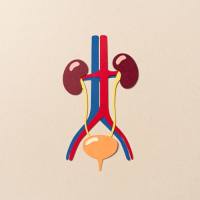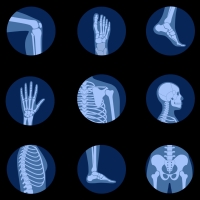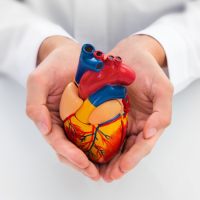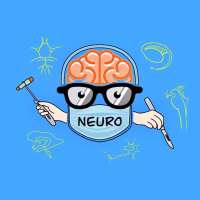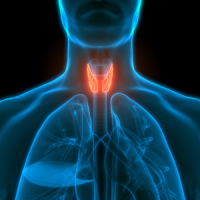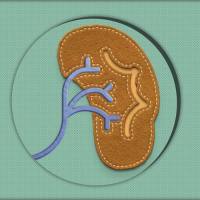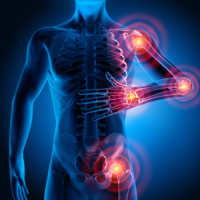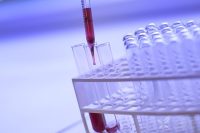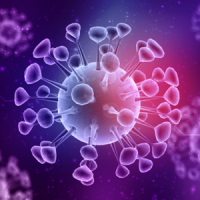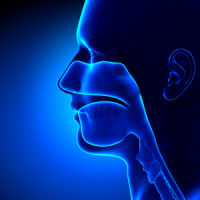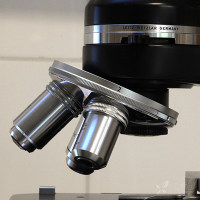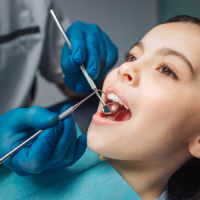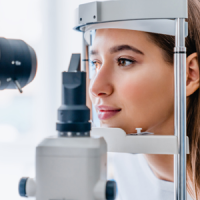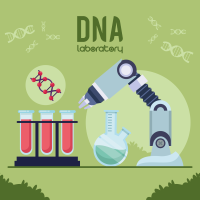[综述摘要]生物起搏器的研制方兴未艾
Volume 64, Issue 1 , 1 October 2004, Pages 12-23
doi:10.1016/j.cardiores.2004.05.012
Review
Genes, stem cells and biological pacemakers
Michael R. Rosen, a, b, c, , , Peter R. Brinkc, Ira S. Cohenc, a and Richard B. Robinsona
Abstract
The advent of gene therapy and cell therapy has led to reconsideration of standard therapies for cardiac disease. One such area of reconsideration is that of the cardiac pacemaker, which has been the mainstay of treatment for high-degree heart block and sinoatrial node dysfunction. Over the past five years, gene therapy has been used to explore the overexpression of β2-adrenergic receptors, the down-regulation of inward rectifier current, and the overexpression of pacemaker current as potential sources of biological pacemakers. Cell therapy approaches have explored the "forcing" of embryonic stem cells to evolve along cardiac (and specifically pacemaker) cell lines and the use of adult mesenchymal stem cells as platforms for delivery of specific gene therapies. This review considers the strengths and weaknesses of each of the approaches used to date and attempts to look to the future of biological alternatives to electronic pacemakers.
摘要
基因治疗和细胞治疗时代的来临,引导着人们重新考虑心脏病的标准治疗问题。需要重新考虑的问题之一就是心脏起搏器的起搏治疗,目前仍然是高度心脏阻滞和窦房结功能不全的唯一治疗选择。在过去的5年中,基因治疗方面的探索主要集中在β2肾上腺素能受体的过度表达,内向整流电流的下调,以及作为生物起搏器电源的起搏细胞电流的过度表达问题。细胞治疗方法方面的探索主要集中在胚胎干细胞如何分化为心肌细胞(也包括特别的起搏细胞),应用间质干细胞作为特殊基因治疗的传送平台。本文将综述目前采用的这两种方法各自的优缺点,意图展望将来生物起搏器将是电子起搏器的替代者。
附原文之一:








